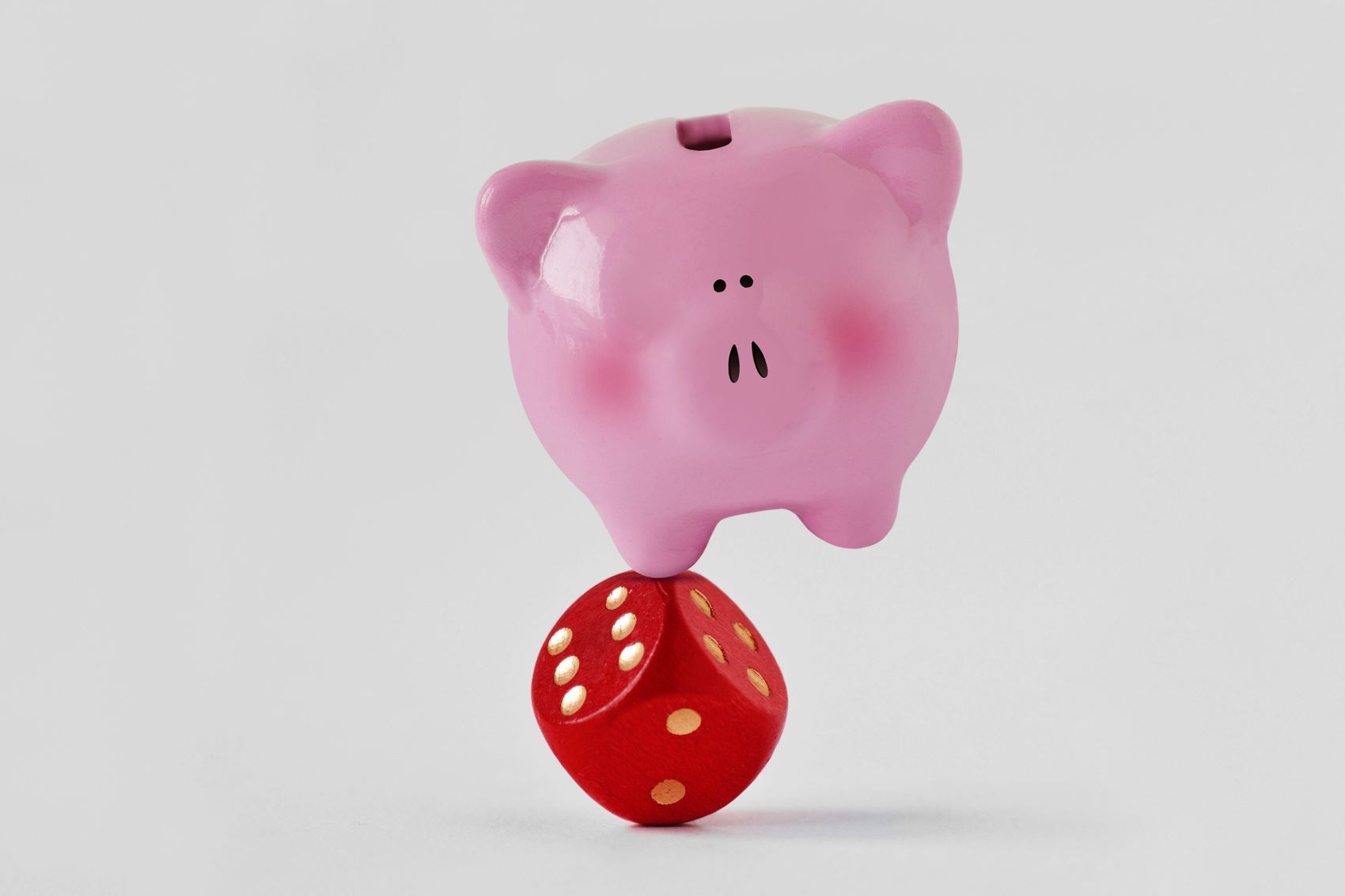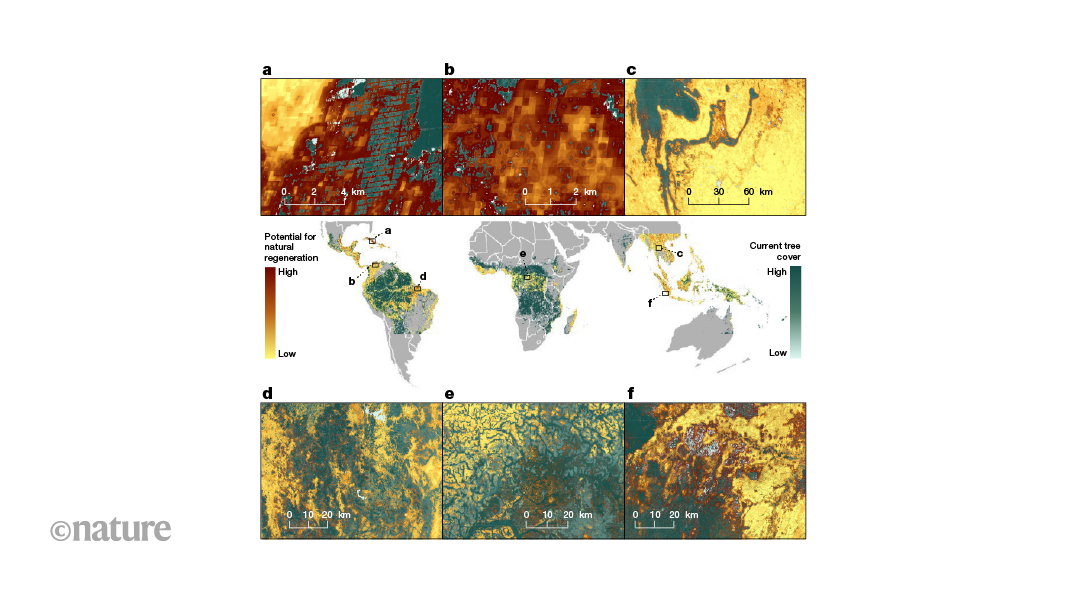
WWW.INFORMATIONWEEK.COM
Lessons from Banking on the Role of the Chief Risk Officer
Dan Higgins, Chief Product Officer, Quantexa November 29, 20245 Min ReadCalypsoArt via Alamy StockAs the most informed resource about emerging risks within any organization, chief risk officers (CROs) play a vital role in safeguarding business success and fostering a risk-aware culture that promotes resilience and adaptability. CROs are responsible for continuously monitoring and mitigating challenges associated with everything from interconnected risks, new emerging risks on the rise, regulatory compliance, operational efficiency, risk innovation, and transformation across the organization. In short, they are tasked with possessing in-depth knowledge of risks -- including that of emerging climate-related risks -- that can disrupt operations, cause losses, damage reputation, and decrease customer and shareholder trust.Within the financial services sector, the environment financial institutions are operating in is now so acutely high risk that risk management has become core to daily operations, playing a critical role in the success and sustainability of banks and insurers in everything from regulatory compliance and customer trust to operational efficiency and asset management. Heightened geopolitical tensions and challenges endured by the supply and demand shocks of recent years has further forced enterprises to re-evaluate their operations to stay afloat and succeed in todays risk environment. Related:Many CROs within banking are tasked with taking steps to better address liquidity, credit, market, operational, technology, regulatory compliance, and reputational risks as they occur, and can only do this through powerful risk management strategies. These include building a trusted data foundation for a single view of risk and fueling AI with contextual insights to more accurately identify existing, emerging, and hidden risks. This holistic and interconnected view of data is critical to uncovering and responding to interconnected risk factors posed to customers, vendors, and suppliers. Many banks also use this data foundation to better equip their frontline employees with information too, helping turn the cost of managing risk into new opportunities for potential revenue growth.Building a Foundation to Provide a Single View of RiskTo gain a holistic and accurate understanding of risk at scale, CROs should work alongside the chief data officer (CDO) and chief information officer (CIO) to build this data foundation, creating a connected and contextual view of their customers and counterparties based on both proprietary sources (such as customer portfolios) and supplementary sources (such as credit data) -- even more relevant given the current re-focus on risk data aggregation principles, such as BCBC239.Related:For financial institutions, credit risk insights, analytics, and decisioning becomes increasingly effective when combined with entity resolution (ER), knowledge graphs, and AI copilots. ER is the process by which data is cleansed and matched to create entities to ensure that data entries referring to the same real world entity -- whether a business name, product, or individual -- can be connected. Its a critical tool for linking records, de-duplicating and matching data within large systems, and plays an important role in connecting siloed data across multi-source data. Further, knowledge graphs help to visualize and determine the relationship between entities, understand supply chain and concentration across clients and suppliers, the direction of those relationships, and the strength of connections. When using this technology paired with a copilot, it gives teams the ability to easily query the data and make informed decisions faster.This combination connects structured and unstructured data from multiple sources into one holistic view of entities and the relationships between them, to drive a deeper contextual understanding that is essential for improved decision-making and stronger risk management overall. By merging billions of data points from multiple sources, CROs in these financial institutions working in tandem with the CDOs and CIOs within their teams gain a greater view of a customers financial health. This process enables business teams to better assess the overall risk of extending credit to a potential borrower, granting greater risk visibility for the CRO. Where existing credit analytics and insights may initially assess the customer as a low-risk borrower, the deployment of ER and knowledge graphs ensures a more informed and strategic decision-making process when analyzing broader datasets, such as the potential risks of the counterparties a customer interacts with.Related:Fueling AI for Risk ManagementThe deployment of both knowledge graphs and ER is critical to ensuring a trusted data foundation that CROs in other sectors can also rely on to deliver a contextual understanding of risk. This interconnected data foundation is essential to truly realize the value of AI in risk management while simultaneously revealing interconnected risk factors. For both risk management teams and frontline employees, knowledge graphs and ER help strengthen the accuracy and reliability of AI models across the organization to reduce complexity, bolster augmented decision-making, and speed the time it takes to complete tasks from days and weeks to mere minutes. Those who establish a quality data foundation and gain more nuanced and accurate insights using AI with context will have the advantage of operationalizing their data to support their organizations both defensively and offensively.However, according to a recent global survey of risk and compliance professionals on AI in risk management and compliance, two thirds of respondents rate their firms data quality as low quality: inconsistent and fragmented. Further, while nearly 70% of respondents believe AI will be transformative or have a major impact within the next 3 years, just 9% revealed that AI is actively being utilized within their companies for compliance and risk management.From detecting anomalies to identifying patterns and making predictions, the leveraging of AI-enabled tools ensures that CROs stay informed of potential risk factors and can quickly respond when issues arise. However, this will only be effective with increased access to context-based data insights and a trusted data foundation designed to fuel the insights needed for effective risk management. And, in turn, create new opportunities for growth.About the AuthorDan HigginsChief Product Officer, Quantexa Prior to joining Quantexa, Dan Higgins spent over 20 years at EY, where he was responsible for setting global strategy for the $5.5 billion technology consulting business and helping shape the firms platform, product, and asset strategy. As Chief Product Officer at Quantexa, Dan is responsible for aligning product strategy and roadmaps, helping clients uncover hidden risks and identify new, unexpected opportunities using context in data and analytics across the customer and employee life cycle.See more from Dan HigginsNever Miss a Beat: Get a snapshot of the issues affecting the IT industry straight to your inbox.SIGN-UPYou May Also LikeReportsMore Reports
0 Comments
0 Shares
3 Views









